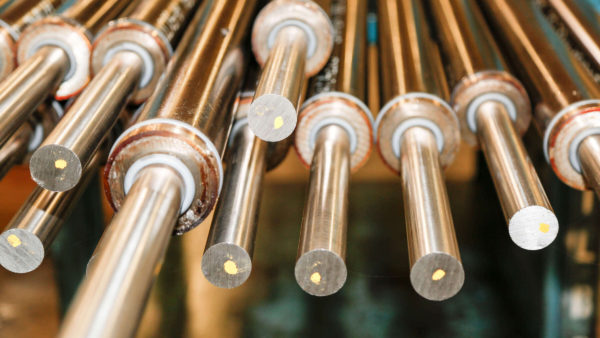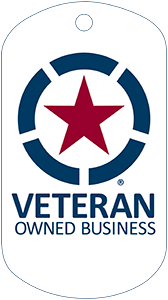Friction Welding Quality Control
Do you feel like your time, money, and management attention are tied up worrying about quality? One way to avoid buying low quality industrial rollers for your printing and material handling machines is to address friction welding quality control.
Start with Inertia Friction Welding
Today, it’s hard to compete in the printing and material handling OEM market if you aren’t building your rollers with inertia friction welding. If you’re not taking advantage of the friction welding process, that’s the first place you should start.
Next Is Quality Control
If you are having your rollers built by a friction welder and still get low quality subassemblies, that’s when you should focus on quality control. Your friction welding process should include these main areas of quality control: 1. Inspection, 2. Validation, 3. Data, and 4. Analytics. Monitoring these areas are vital to the performance and longevity of your product.
What Are ISO Quality Standards?
While most friction welders provide visual inspection and validation, some don’t provide data and analytics in accordance with ISO quality standards. What are ISO quality standards? Let’s take a look at an example. Pierce Industries holds an ISO 9001:2015 certificate for maintaining a quality management system. These standards require organizations to demonstrate a quality management system that:
- Consistently provides products and services that meet customer/regulatory requirements
- Enhances customer satisfaction through effective application, improvement, and compliance with customer/regulatory requirements
Making sure that you partner with a roller provider that adheres to ISO quality standards is sure to increase equipment quality.
Ready to Improve Industrial Roller Quality?
We believe you can avoid buying low quality rollers with friction welding quality control. If this is important or interesting to you, contact us. During our conversation we can discuss feasibility, potential time/cost savings, and if we are the best fit to provide you quality controlled friction welded rollers.
Related Posts
What is Inertia Friction Welding? Inertia friction welding is a solid-state welding process that joins materials by using rotation and friction to generate heat, and lateral force to plastically displace material and fuse the workpieces together. Since its early development,…
There are many types of friction welding methods that can optimize your manufacturing process. In this article, we will review several different types. Understanding these different types will help you decide which can increase precision and reduce total cost and…
Manufacturing problems can hinder profitability for industrial printer and material handling OEMs. It is critical to be aware of these problems in your own manufacturing operations before they cost you your business. So what are the top manufacturing issues and…









